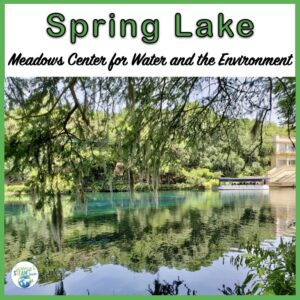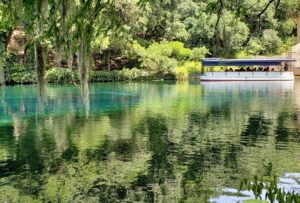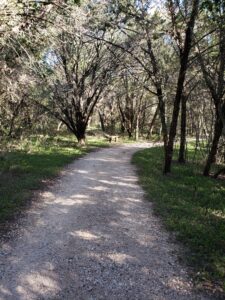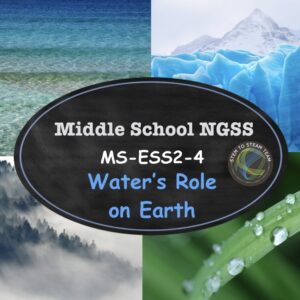About Spring Lake
Spring Lake is located at the Meadows Center for Water and the Environment. Archaeologists uncovered evidence that this is the oldest continually inhabited place in North America, with human activity going back 11,500 years. In 1994, Texas State University purchased the land. The mission of the University is “Inspiring research and leadership that ensures clean, abundant water for the environment and all of humanity.”
Spring Lake Glass-Bottom Boat Ride
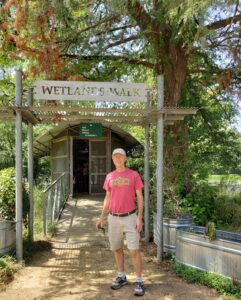
Wetlands Boardwalk
After going on the boat ride, we headed to the boardwalk. First, we encountered is a small building filled with animal artifacts and information about wetlands. Wetlands are places where the land has become saturated. They are also called marshes or swamps. Wetlands help with water purification by filtering out sediment and chemicals before the water travels to open water. Wetlands lessen flooding and help with erosion and sediment control. But, most of all, wetlands provide homes to many animals. There are signs along the boardwalk that explain the species found there.
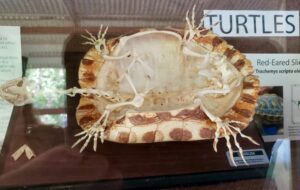
Scuba Diving and Snorkeling in Spring Lake
While walking at the Meadows Center for Water and the Environment, we noticed a group of people scuba diving in the lake. Of course, we had to look into that! We discovered that they have a scuba diving program in which volunteer divers are trained to protect Spring Lake by participating in the restoration project. Something I would like to try sometime is their Science Snorkel Program. The Center provides all the equipment and takes people on a snorkeling tour of the springs. “This program aims to connect guests to the wonders of the local ecosystem and the relationship with the environment.”
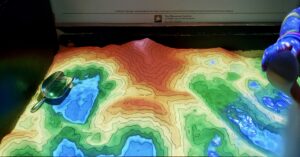
Discovery Hall
Likewise, Discovery Hall at Spring Lake was very interesting. There is a 1,000-gallon aquarium filled with fish native to the springs. An exhibit of endangered species in the Lake is there, too. Endangered animals include the Texas Blind Salamanders, San Marcos Salamanders, and Fountain darters. Like many of the children there, I enjoyed the augmented reality sandbox. By pushing the sand around different landforms are created. As I built a mountain in one area, another area would “fill with water.” This was just one of the interactive displays. Also, there were many brightly colored information boards about water in Texas. This includes; streams, rivers, lakes, springs, reservoirs, and aquifers.
Spring Lake Nature Area
Spring Lake Nature area covers 251 acres and has miles of hiking trails. We have walked along the limestone trails numerous times. It is a peaceful area. There are many Live Oak trees. These differ from the oak trees that we see in the northeast. Live Oaks are green most of the year. They drop their leaves in the spring, and then they quickly regrow them. Cactus and other plants abound. Many mammals, birds, and other animals live in the area. We were lucky to see a Texas-sized walking stick! It was about six inches long.
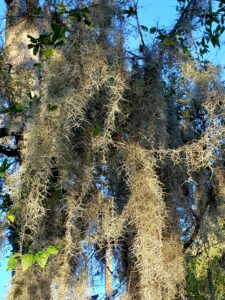
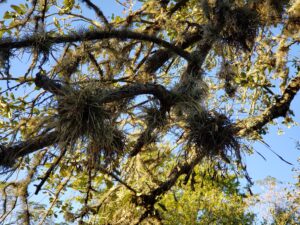
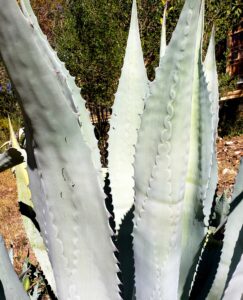
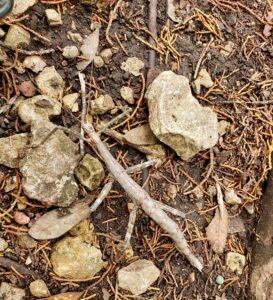
To learn more about research being done at the center, watch this video.
Here are some related resources that you might enjoy!

